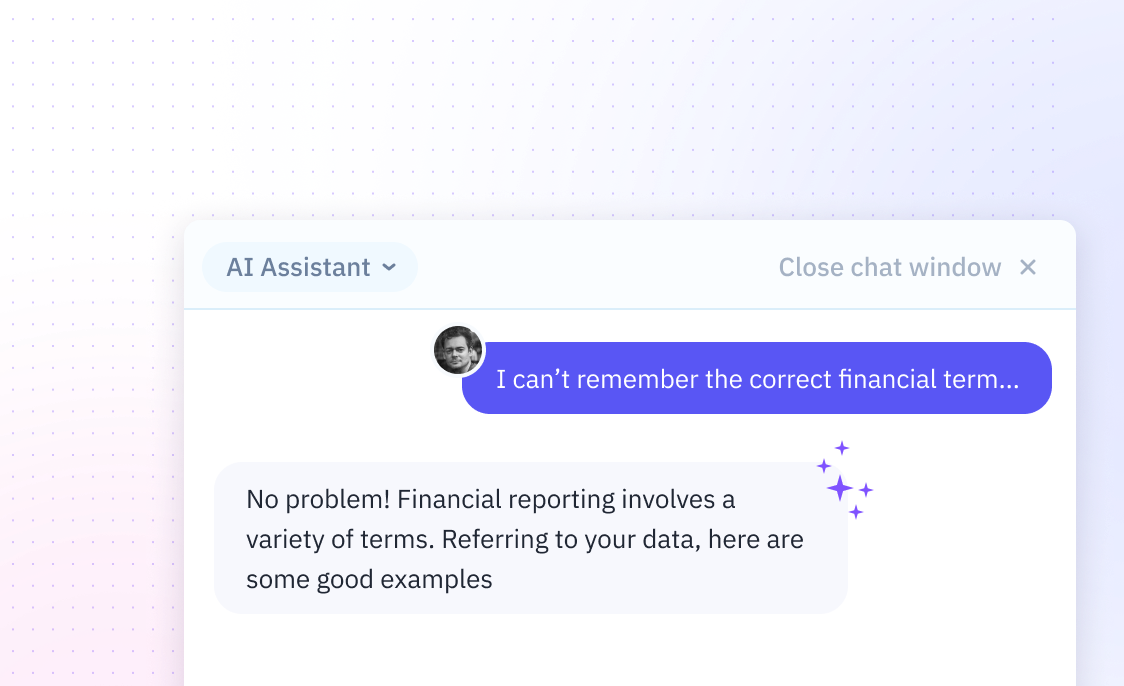
How To Perform Hypothesis Test In Excel
Introduction
Understanding how to perform a hypothesis test in Excel is crucial for data analysis, enabling users to make informed decisions based on statistical evidence. Excel offers a range of functions and tools to facilitate this process.
This guide provides a step-by-step approach to conducting hypothesis tests within Excel, from setting up your data to interpreting the results. While Excel requires manual configuration of functions and formulas, Sourcetable's AI chatbot can perform hypothesis tests and other statistical analyses instantly through natural language commands - simply upload your data and tell the AI what you want to analyze. Try Sourcetable today to streamline your data analysis workflow.
Excel Hypothesis Testing with QI Macros
Defining Hypotheses
Begin by setting the null and alternate hypotheses for your data comparison. This crucial step establishes the basis for testing statistical differences between datasets.
Running the Test
Use the QI Macros add-in to run the appropriate hypothesis test, which may include t tests, f tests, or ANOVA. The Stat Wizard assists in selecting the correct test.
Test Statistics and Critical Values
Calculate your test statistic and critical value using QI Macros. This determines if observed data deviates significantly under the classical method.
Calculating p Value
Assess the probability of your test statistic counteracting the null hypothesis with the p value method, efficiently executed by QI Macros.
Confidence Interval Method
Check if your test statistic lies within or beyond the confidence interval bounds, enabling a clear determination of statistical significance.
Interpreting Results
Interpret the test outcomes to conclude whether the datasets differ statistically. QI Macros simplify the analysis, helping to improve quality and reduce costs.
Key Applications of Excel Hypothesis Testing
Clinical Drug Trial Analysis
Determine whether a new pharmaceutical treatment produces statistically significant results compared to a placebo group. This analysis helps researchers and pharmaceutical companies make evidence-based decisions about drug development and efficacy.
Employee Training Impact Assessment
Evaluate whether a professional development program leads to meaningful improvements in worker performance metrics. This analysis helps HR departments justify training investments and optimize their effectiveness.
Marketing Campaign Performance Evaluation
Measure if a marketing initiative has created a significant lift in monthly sales figures. This statistical approach helps marketing teams validate their strategies and calculate ROI.
Educational Method Comparison
Compare student performance between different pedagogical approaches to determine which teaching method is more effective. This analysis helps educators make data-driven decisions about instructional strategies.
Quality Control in Manufacturing
Test whether a switch in suppliers has a significant impact on product quality measurements. This analysis helps quality control teams maintain standards and make informed decisions about supplier relationships.
Excel vs Sourcetable: A Modern Approach to Spreadsheets
Excel has been the traditional spreadsheet software for decades, requiring manual data manipulation and complex functions. Sourcetable represents a new era with its AI-powered approach. Instead of learning formulas and features, users simply chat with Sourcetable's AI to create spreadsheets, analyze data, and generate visualizations. Try Sourcetable at https://app.sourcetable.com/ to transform how you work with spreadsheets.
AI-Powered Analysis
While Excel requires manual function input and formula knowledge, Sourcetable's AI chatbot handles complex analysis through natural conversation. Users can request any analysis, and the AI automatically generates the necessary calculations and insights.
Data Processing
Sourcetable processes files of any size and connects directly to databases, eliminating Excel's size limitations and manual import processes. Users simply upload their data or connect their database, then tell the AI what analysis they need.
Visualization Creation
Instead of manually creating charts in Excel, Sourcetable's AI transforms data into stunning visualizations based on simple text requests. Users describe their desired visualization, and the AI generates professional charts and graphs instantly.
Sample Data Generation
Unlike Excel's limited data generation capabilities, Sourcetable can create sample datasets through AI conversation. Users specify their requirements, and the AI generates relevant sample data for testing and analysis.
Frequently Asked Questions
What types of t-tests can Excel perform?
Excel can perform two-sample t-tests and paired t-tests, but cannot perform one-sample t-tests. Two-sample t-tests can be conducted assuming either equal or unequal variances. Both one-tailed and two-tailed tests are possible.
What do I need to perform t-tests in Excel?
You need to have Excel's Data Analysis ToolPak installed to perform t-tests. This add-in provides the necessary statistical analysis tools.
When should I use a t-test versus ANOVA in Excel?
Use a t-test when comparing the means of two groups. Use ANOVA instead when comparing three or more groups.
What sample size requirements exist for t-tests in Excel?
T-tests in Excel work well with samples of 20 or more observations. The test does not require equal sample sizes between groups, though using equal sample sizes maximizes statistical power. Larger samples improve the t-test's robustness and lead to more precise estimates.
Conclusion: Simplify Hypothesis Testing with Sourcetable
While conducting hypothesis tests in Excel requires multiple steps and complex functions, Sourcetable's AI chatbot simplifies the entire process. Simply upload your data or connect your database, and tell Sourcetable what you want to analyze. The AI instantly performs the hypothesis test, explains the results, and creates stunning visualizations to help you understand your findings.
Sourcetable eliminates the need to learn complicated spreadsheet functions or statistical formulas. Its conversational AI interface lets you analyze data of any size by simply describing what you want to know. Whether you're working with CSV files, Excel spreadsheets, or database connections, Sourcetable's AI handles all the complex calculations while you focus on interpreting the results.
Transform how you work with spreadsheets using Sourcetable's AI-powered analysis. Start getting instant answers to all your spreadsheet questions by signing up at app.sourcetable.com today.






